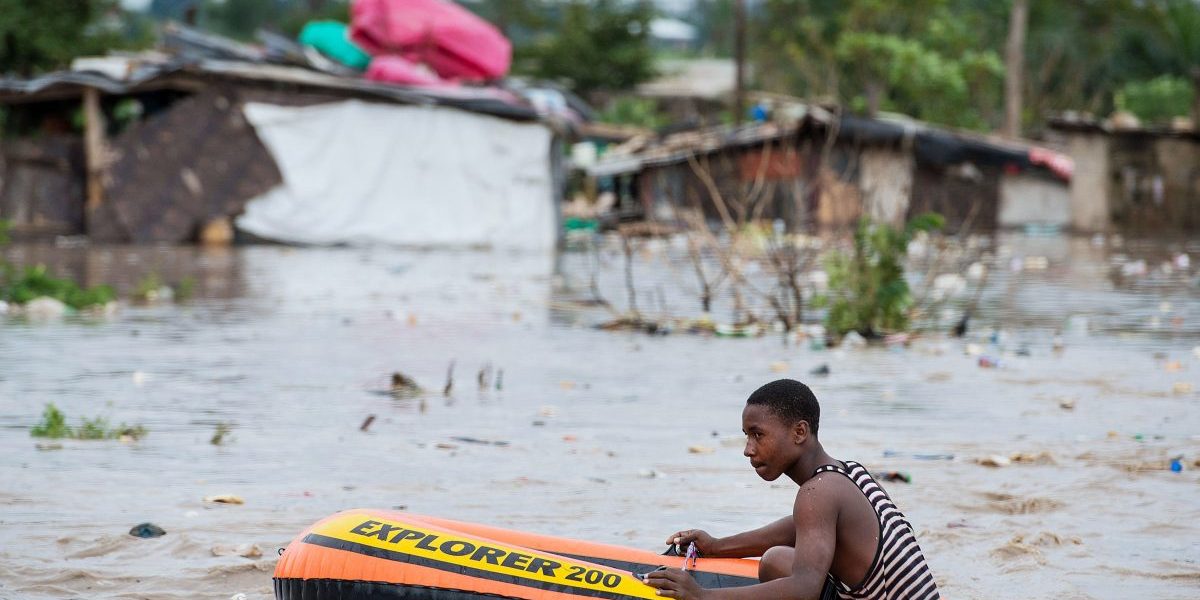Summary
- Owing to urbanisation pressures and climate change, flood risk in Dar es Salaam is likely to increase over time.
- Building urban resilience requires a holistic approach to climate adaptation and climate resilience.
- Developing cities should move away from solely hard-engineering approaches and also invest in nature-based interventions that provide multiple socio-economic and environmental benefits.
- An in-depth and targeted stakeholder engagement process plays a crucial role in shaping the policy landscape and the strategic prioritisation process.
- Project packaging and framing have a significant impact on the magnitude and nature of funding that can be obtained. When sourcing funding, there is a need to not only target ‘climate adaptation’ project funding, but to also target ‘socio-economic development’ project funding, particularly for projects that build climate resilience and ensure disaster risk reduction and climate adaption.








